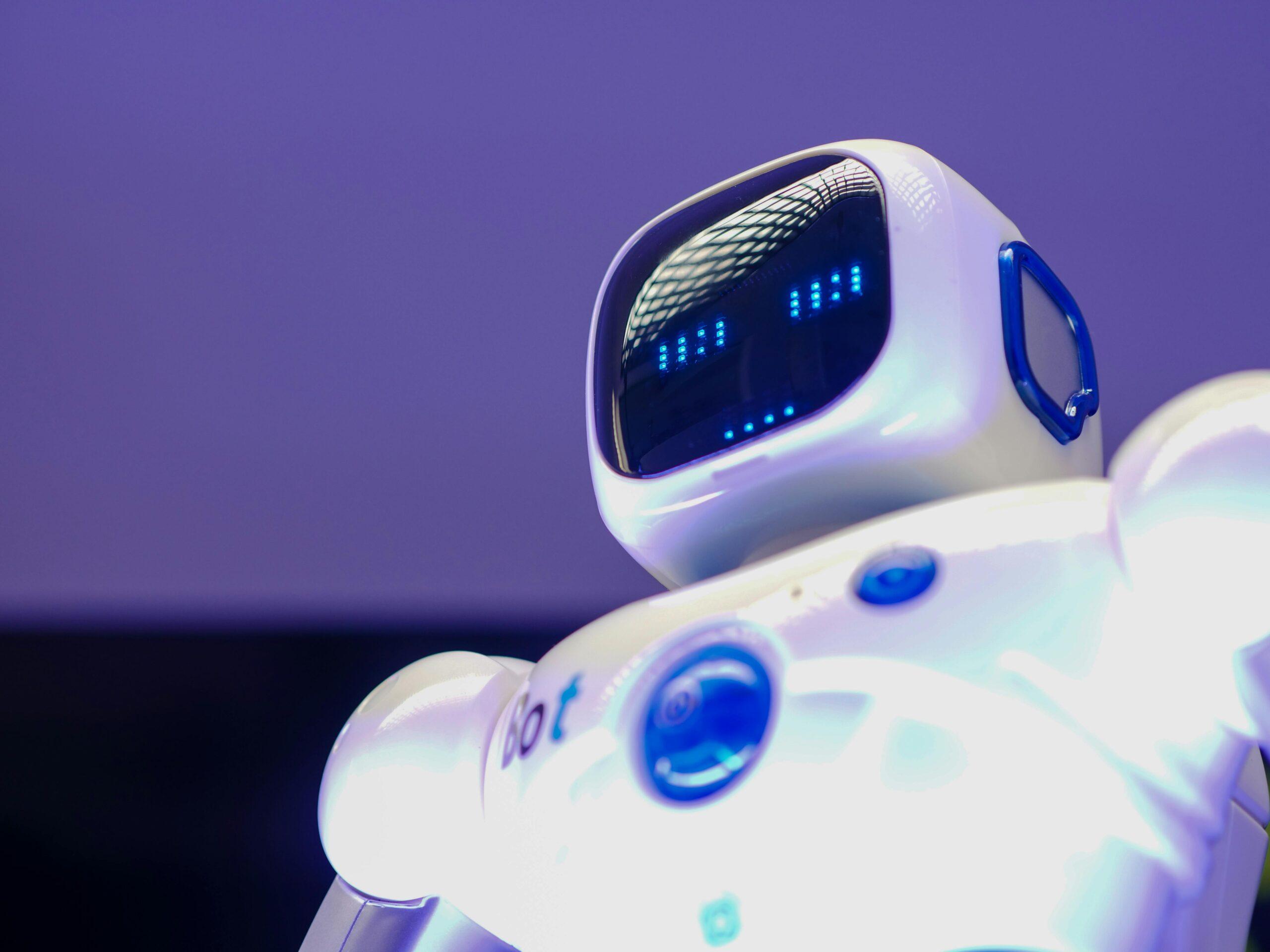Artificial Intelligence is entering a new era. If the 2020s began with generative AI — systems that could produce text, images, and code — the mid-decade is shaping up to belong to Agentic AI, a class of systems that don’t just generate, but act.
These are AI systems that can plan, make decisions, and take action autonomously to achieve goals — often without continuous human prompting. Think of them as digital collaborators that can reason, remember, and execute — not just respond.
What Is Agentic AI?
At its core, Agentic AI (short for agent-based AI) refers to models designed to operate independently within defined boundaries, completing multi-step tasks or interacting with other systems and humans to accomplish objectives.
Unlike traditional chatbots that wait for user instructions, an agentic system can:
- Perceive its environment (through APIs, sensors, or data inputs)
- Reason about possible actions
- Plan a series of steps
- Act by invoking tools, code, or communication channels
- Reflect and adapt based on feedback or outcomes
This combination transforms AI from a passive assistant into an active problem-solver — capable of handling complex workflows and collaborating dynamically.
How Agentic AI Differs from Traditional AI
Traditional large language models (LLMs) like GPT-4 or Claude respond to prompts. They’re reactive: a user asks a question, the model answers.
Agentic AI introduces autonomy and goal orientation. Instead of answering “What’s the weather in London?”, an agentic system might:
- Check the weather API,
- Note that your calendar shows a meeting outdoors,
- Recommend rescheduling or booking an indoor space,
- Email participants with an updated invite — all automatically.
In other words, the system isn’t just informing you — it’s acting on your behalf.
Key Capabilities Powering Agentic AI
The rise of agentic systems is enabled by progress in several areas:
- 🧠 Long-Term Memory:
Systems can recall past interactions, learn preferences, and maintain context across sessions. - 🕹️ Tool Use and API Integration:
Models can call external functions — such as sending emails, executing code, or using databases. - 🔁 Self-Reflection and Feedback Loops:
Agents can evaluate whether their actions met the goal and adjust strategies accordingly. - 🤝 Multi-Agent Collaboration:
Groups of agents can work together, each specializing in tasks like research, design, or testing.
Examples of Agentic AI in Action
1. AI Workflows and Research Agents
Platforms like AutoGPT, BabyAGI, and CrewAI pioneered the concept of self-directed AI that can decompose large goals (“research market trends”) into smaller steps, complete them, and summarize results.
These agents use reasoning loops to decide what to do next until a goal is met.
2. Productivity Agents
Tools such as ChatGPT’s “GPTs” and “Canvas” features, Microsoft Copilot, and Notion AI are adding autonomy — enabling bots that can draft proposals, run data analyses, or manage tasks with minimal supervision.
For instance, a sales agent could automatically track leads, draft follow-up messages, and update a CRM.
3. Infrastructure and Ops Agents
In IT and DevOps, agentic automation is emerging in tools like GitHub Copilot Workspace and LangChain Agents, which can identify bugs, generate fixes, test code, and deploy updates automatically.
4. Robotics and Embodied AI
Physical robots — from warehouse automation (e.g., Covariant, Agility Robotics) to household helpers — are adopting agentic architectures that allow real-time decision-making in dynamic environments.
Why Agentic AI Matters
The potential impact is enormous:
- Efficiency: Reduces repetitive work and decision fatigue.
- Scalability: Digital workers can run 24/7, managing parallel processes.
- Creativity: Agents can brainstorm, simulate scenarios, and test ideas faster than humans can.
However, autonomy also introduces new challenges — accountability, safety, and alignment. Who is responsible if an autonomous agent acts incorrectly? How do we prevent “runaway” loops or unintended consequences?
This is why AI governance and ethical oversight are becoming as critical as the technology itself.
The Road Ahead
Agentic AI is not science fiction — it’s the next logical evolution of generative intelligence. Over the next few years, we’ll see these systems embedded in everything from personal assistants to enterprise workflows and robotics.
The goal is not to replace humans, but to augment our capabilities — freeing people to focus on strategy, creativity, and judgment while delegating routine execution to intelligent digital partners.
As 2025 unfolds, one thing is clear:
Generative AI was the spark. Agentic AI is the engine.

